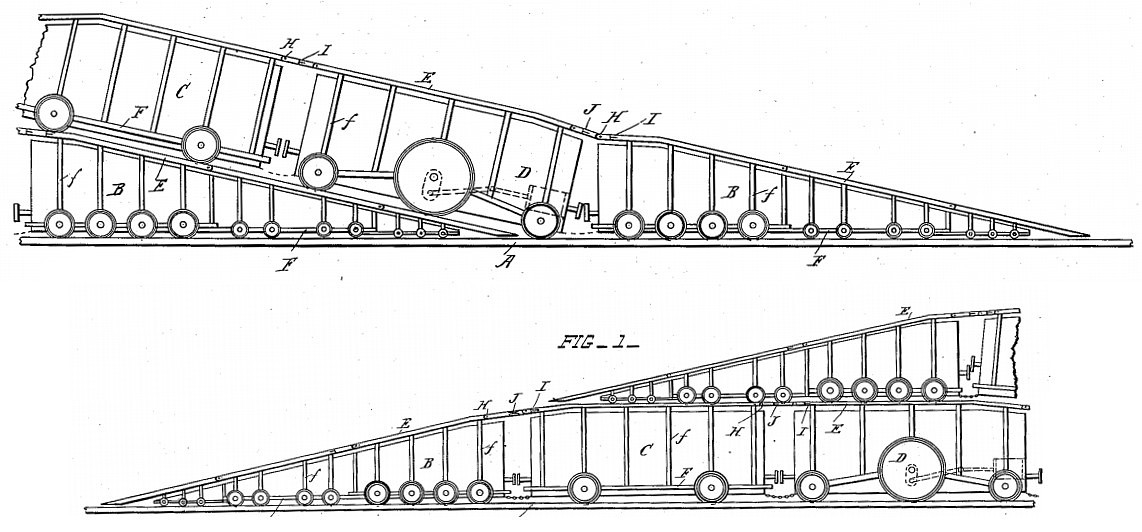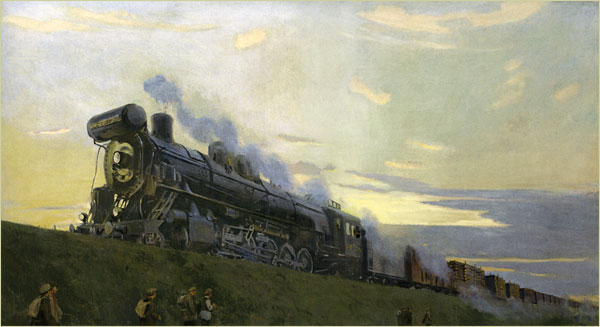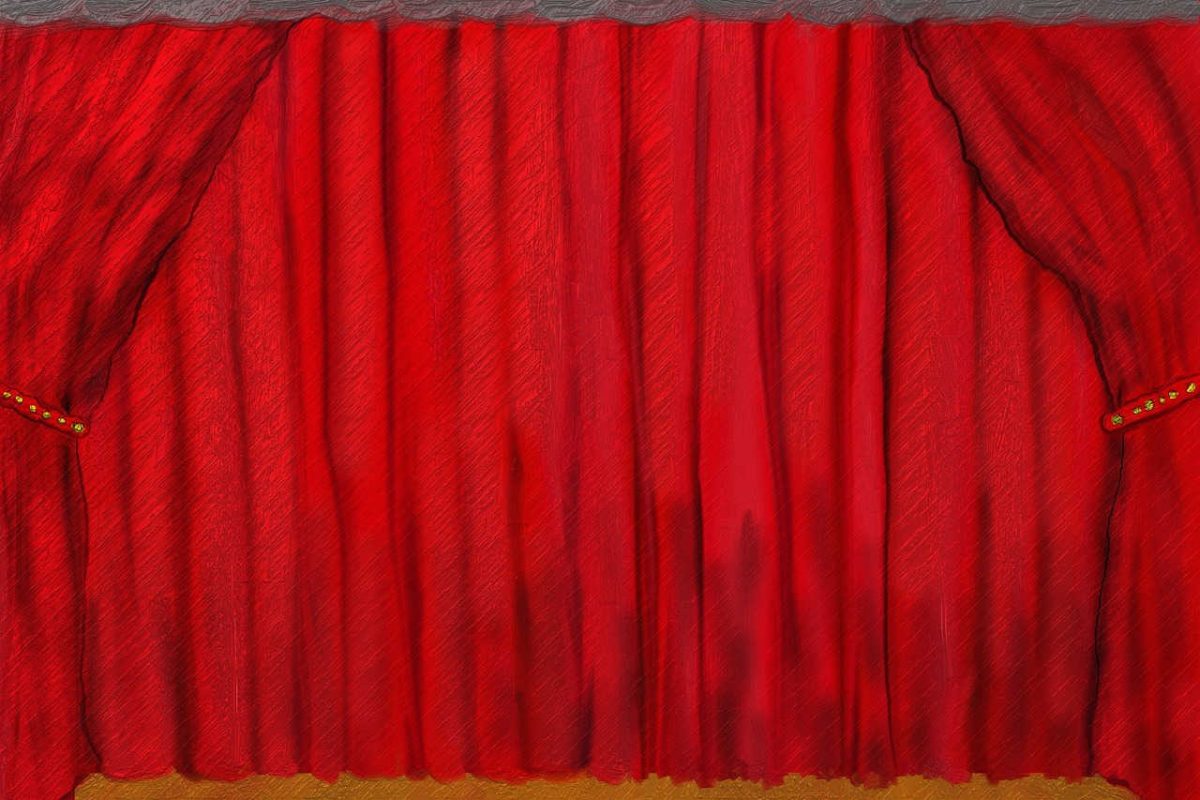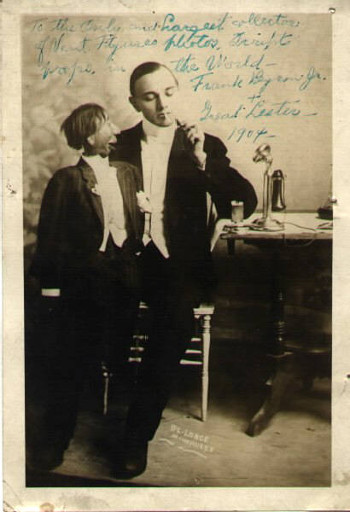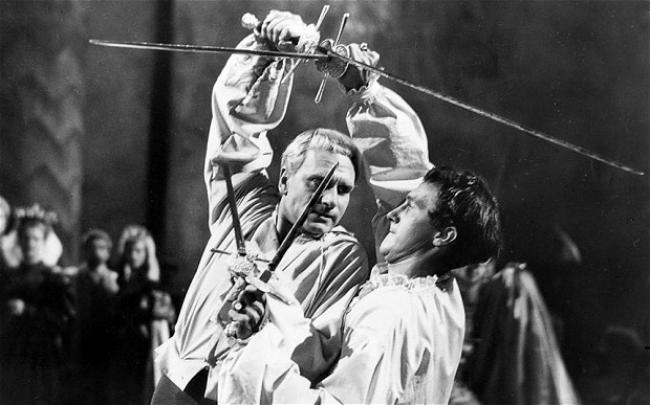
In his foreword to William Hobbs’ Stage Combat, Laurence Olivier listed the injuries he’d received in his acting career:
1 broken ankle
2 torn cartilages (1 perforce yielding to surgery)
2 broken calf muscles
3 ruptured Achilles tendons
Untold slashes including a full thrust razor-edged sword wound in the breast (thrilling)
Landing from considerable height, scrotum first, upon acrobat’s knee
Hanging by hand to piano wire 40 feet up for some minutes (hours?) on account of unmoored rope
Hurled to the stage from 30 feet due to faultily moored rope ladder
Impalement upon jagged ply cut-outs
Broken foot bone by standing preoccupied in camera track
Broken face by horse galloping into camera while looking through finder
Near broken neck diving into net
Several shrewd throws from horses including one over beast’s head into lake
One arrow shot between shinbones
Water on elbow
Water pretty well everywhere
Hands pretty well mis-shapen now through ‘taking’ falls
Quite a few pretended injuries while it was really gout
Near electrocution through scimitar entering studio dimmer while backing away from unwelcome interview
Etc., etc., etc.
He added, “Not to mention injuries inflicted upon my audiences.”

